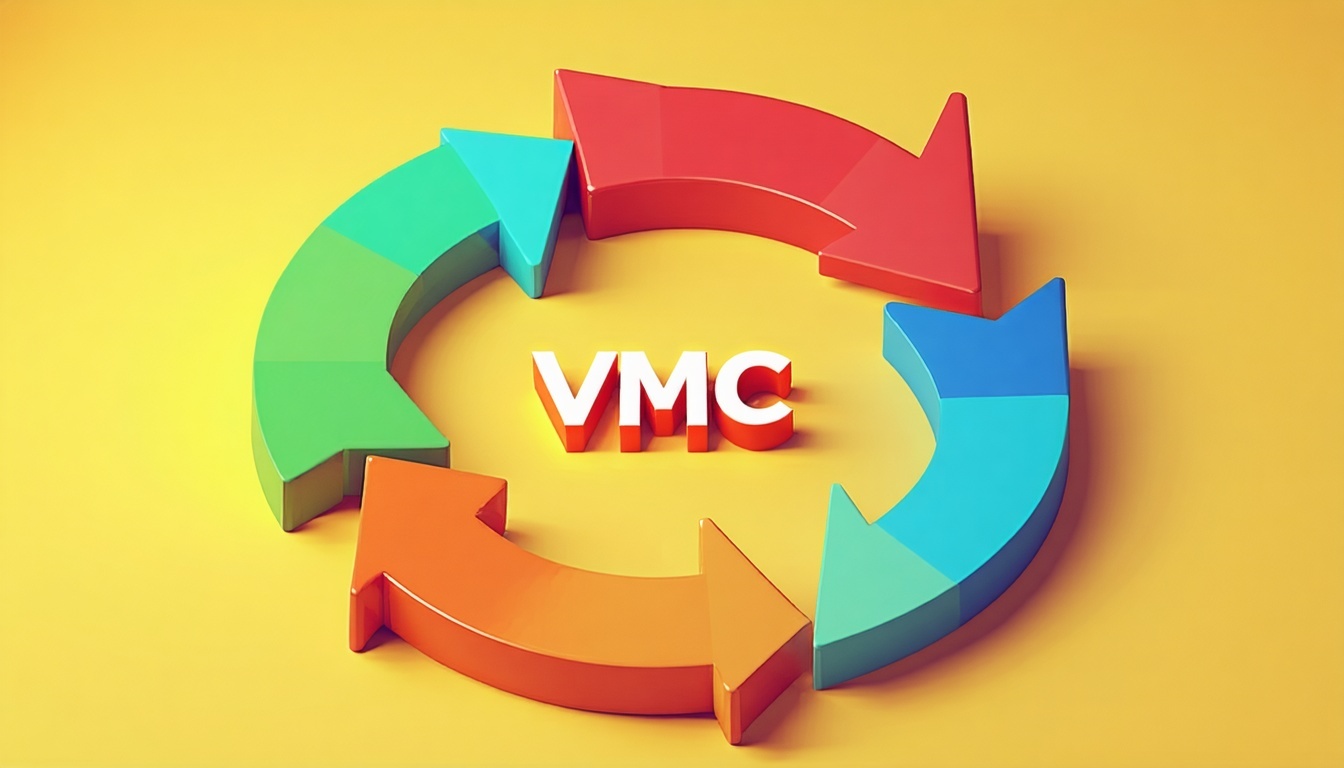
Change management for BIMI: How to communicate the change to stakeholders
The Importance of Communication in BIMI Change Management
Clear and timely communication is a cornerstone of successful BIMI implementation. Proactively informing stakeholders about what BIMI is, why it matters, and how it impacts their roles helps build support, reduce resistance, and ensure alignment throughout the organization.
Building a Stakeholder Communication Plan
A structured communication plan should identify all stakeholder groups, outline key messages, and select the most effective channels for each audience. Consider the timing and frequency of updates, and tailor information to address specific concerns and interests.
Key Elements of a BIMI Communication Plan
- Define vision and objectives: Clearly articulate the vision, objectives, and expected outcomes of BIMI adoption.
- Identify stakeholders: Identify all stakeholders and analyze their needs and concerns.
- Develop clear messaging: Create accessible messaging about the benefits, impacts, and timelines of the project.
- Diverse communication channels: Use a mix of channels—such as meetings, emails, workshops, and FAQs—to reach different audiences.
- Encourage two-way feedback: Provide opportunities for feedback and engagement, such as Q and A sessions or surveys.
Engaging Stakeholders Early and Often
Early engagement is critical to understanding stakeholder perspectives and building buy-in. Involve key individuals and teams in planning, pilot programs, and training. Encourage open dialogue and listen to feedback to address concerns and adapt your approach as needed.
Training and Ongoing Support
Offer targeted training sessions to help stakeholders understand BIMI requirements, new workflows, and the benefits of the change. Provide resources such as guides, tutorials, and support contacts. Continue to share updates, celebrate milestones, and recognize contributions to maintain momentum and morale.
Overcoming Resistance and Sustaining Engagement
- Acknowledge resistance: Recognize that resistance is a normal part of change, especially with new technology or processes.
- Address concerns transparently: Clearly communicate how BIMI supports organizational goals and individual roles, and address concerns openly.
- Empower managers and champions: Enable managers and change champions to reinforce key messages and support their teams throughout the process.
- Monitor and adapt communication: Continuously monitor feedback and adapt communication strategies to ensure ongoing engagement and alignment.
Best Practices for BIMI Change Communication
- Communicate proactively: Share information early, clearly, and consistently throughout the BIMI rollout.
- Leadership involvement: Involve leadership in delivering key messages and demonstrating commitment to the initiative.
- Open feedback channels: Provide multiple avenues for questions and feedback to encourage engagement.
- Align with milestones: Coordinate communication and training with project milestones for maximum impact.
- Celebrate and reinforce: Celebrate successes and share progress updates to reinforce the value of the change.
Need support developing your BIMI change management and communication strategy?
Find more guidance in our BIMI implementation and stakeholder engagement in our FAQ section.
Effective communication and stakeholder engagement are vital for successful BIMI adoption. By planning early, listening actively, and supporting your teams, you can achieve a smooth and positive transition to BIMI.



